https://ift.tt/1NN41yH
Space, as they say, is the final frontier, and there’s a lot of it left to explore. For that reason, space agencies and companies around the world have been trying to invent new technologies that will make living in space and even interstellar travel possible. And while many of these discoveries were made for space exploration, space-tech has often found its way into everyday life in the form of baby food, shoe insoles, and UV-blocking sunglasses, to name a few.
It makes you wonder how soon these emerging, science fiction technologies will enter our daily lives.
10. Artificial Gravity
A zero gravity environment isn’t the most comfortable or practical way for astronauts to live and work. Everyday things like showering or brushing your teeth become much more difficult, not to mention the motion sickness and from bone and muscle deterioration. In science fiction movies, they often have artificial gravity that keeps them on the floor. Why can’t we just do that?
What’s interesting is that engineers know how to create artificial gravity on a space station, and that’s through centripetal force. They just need to spin the aircraft or space station and people would be able to walk on the walls, similar to the scene in 2001: A Space Odyssey where Jack is running around on the walls of the space station. So while they know how to create it, they haven’t because it doesn’t work well on smaller space stations. It would work well on bigger space stations because the bigger the wheel, the less it needs to rotate. With smaller space stations, there couldn’t be any windows because the rotation speed would disorient the astronauts, and potentially make them dizzy enough to pass out.
If we were to build a bigger space station that had a circumference larger than a football field, artificial gravity from centripetal force would be feasible. While there are no immediate plans to build a space station of this size, there are a few design plans that could make the concept work.
9. Free Flying Robot
When humans are in space, it’s an arduous process for them to venture outside the space craft. This makes things as simple as inspections a long and tedious process that can also be quite dangerous.
One solution to that problem is to develop free flying robots. One project that’s a step toward that goal is NASA’s Autonomous Extravehicular Robotic Camera (AERCam), a free-floating camera that would check the outside of the International Space Station, including areas that humans have problems accessing. It would be able to take off, fly, and land by itself. It would also be able to avoid debris and other obstacles in space. It’s important to note that this is just one of the early steps in free flying robots. Later developments will have the robots do maintenance and repairs.
8. Suitport
Entering and exiting a sealed area in space is a pretty tedious. If the astronauts are going on a spacewalk, they step inside the airlock, wait for the door behind them to close, lock the door behind them, and then open the door to the outside. When coming back on the ship, they have to do the same procedure, but this time they have to wait for the airlock to depressurize before entering the vessel. The problem is that airlocks themselves can be dangerous, and sitting in spacesuits can lead to injuries. Simply put, airlocks are not the most ideal way to enter and exit a spacecraft.
A suitport, on the other hand, would be a pressurized vehicle that would have suits on the outside, and the astronauts would climb in through the back of the suit. This rover would be much less expensive and smaller than a traditional airlock because it would cut down on decompression. This means it wouldn’t use as many resources, and would help cut down on decompression sickness. It would also limit suit-induced trauma, because people wouldn’t have to spend as much time in the spacesuit.
7. The Magdrive Project
Let’s say some space agency, like NASA or the European Space Agency, was developing a rover to roam the surface of Mars. Millions, if not billions of dollars would be spent developing the rover over a number of years, and once the construction was complete it’d be sent on a months long journey. Once they get into Mars’ orbit, they have to land the transport pod successfully. Now imagine if the rover rolled out and a few feet from the transportation pod it stopped moving because one little disturbance during the trip caused one little gear to be knocked out of place. This scenario is quite possible, and it would be a complete and utter nightmare for those involved. The cost, not to mention thousands of man-hours and years of development, would be blown in a matter of minutes.
An invention that could help solve this problem is the Magdrive Project. The Magdrive doesn’t use traditional interlocking gears, instead utilizing magnets with the same poles so that the bearings would push against each other. This would make the moving parts frictionless and eliminate problems that could arise in gears, like wear and tear, or in the lubrication. If the tests work, it could revolutionize the space industry because it could be used in many aspects of mechanical tools like wheels and arms.
6. Laser Communications
One of the most important aspects of space travel is communication. This is especially true if the astronauts are going on a one-way trip, when a line of communication is the only way to tell if the mission was successful or not. The problem with current radio transmitters is that they require a lot of power to send transmissions back to Earth.
During long space trips, energy is at a premium and if the spacecraft could use the energy for something other than radio transmissions, that would be incredibly helpful because there are no service stations in space. Once a ship leaves Earth, that’s it. One solution to that is to use lasers that would transmit back to Earth, enabling astronauts to send data and videos at a rate 10 to 100 times faster than radio transmission. The first prototype is expected to be used in 2017.
5. Robonauts
To state the obvious, humans aren’t naturally built for life in space. That’s why NASA, along with General Motors, has begun building dexterous, humanoid robots called Robonauts. The current phase of the Robonaut allows the robot to be attached to a rover, and it comes complete with “space legs” (we assume the kung fu grip is coming soon). There’s already a Robonaut aboard the International Space Station and begun doing limited work alongside the actual human astronauts. The problem that the engineers are having in the development of these robots is that its dexterity needs to be as good or better than a gloved human astronaut, and the technology just isn’t that sophisticated yet.
For fans of the movie Interstellar that were hoping for TARS or CASE-like robots, we’re sorry to say it but you’re out of luck, as these Robonauts don’t share many similarities. Experts say that the robots should be more dexterous and have a “squishy” exterior.
4. CleanSpace One
There are 55,000 objects floating around in space, including thousands of manmade objects and debris like satellites, which could make for a dangerous situation for people on Earth and in orbit. For example, some of the space debris could crash into Earth, destroying property or even causing human casualties. In space, these objects can reach speeds of 17,500 miles per hour, meaning that just a tiny object could rip through something like the International Space Station. Of course, if you saw the movie Gravity you probably already knew that.
In an effort to clean up space, the Swiss Federal Institute for Technology developed the CleanSpace One, which will be a custodian in outer space. It’s been used twice to take down two Swiss satellites, and in the future they’d like to have an entire fleet to keep the atmosphere clean. The CleanSpace One is small box with a claw used to grab the object, and then tow it down to Earth in a controlled descent. The major complication is that catching the object at the exact right trajectory is tricky. If that’s not done properly, the object could break into even more pieces, or even break the CleanSpace One itself, turning the janitor into the garbage.
3. Deflector Shields
One of the dangers of space travel is the heavy amount of radiation. A trip to Mars would expose an astronaut to 100 times more radiation than on Earth over the span of a year. The problem is that in order to make proper shields for the radiation, they need to be several meters thick, making them far too heavy to install on a spacecraft.
A solution to stopping radiation while keeping the spacecraft light enough comes from the Rutherford Appleton Laboratory in the United Kingdom, which is working on what they call a mini magnetosphere. Or, in terms you’d understand from science fiction movies, a deflector shield. The mini magnetosphere would make an environment that mimics the Earth’s magnetic field around the ship, protecting astronauts from radiation.
The plan is to put a magnetic field around the spacecraft in flowing plasma, with the electrons following the new magnetic field and creating a constant electric field that would refract or deflect enough of the radiation to protect the people aboard the spacecraft.
2. Synthetic Biology
It goes without saying that food, water, and oxygen are not easy to come by in space. That gets to be a problem when planning an extended expedition into deep space, especially since for every one pound of cargo, they need 99 pounds of fuel to ship it.
A solution to this problem comes from Berkeley Lab’s Physical Biosciences Division. Using synthetic biological processes, astronauts could use minerals and gases from the alien atmosphere, along with alien soil and human waste, and make their own food, medicine, fuel, and other materials needed to survive. This has near limitless possibilities. For example, food could be created using a bacterium called spirulina (yummy!) and a microbe called Methanobacterium thermoautotrophicum can be used to produce methane and oxygen. These synthetic processes would cut down on fuel, making long term space travel and colonization much more feasible.
1. Space Elevator
We’ll save you the suspense here, a space elevator is exactly what it sounds like. The idea was first thought of in 1895, but not much progress has been made on such an ambitious (and, let’s be honest, a little absurd) project. Then, in 2012, a Japanese construction company called the Obayashi Corporation announced that they will have a space elevator constructed and in use by 2050.
The space elevator would have a space station on the top and reach a height of 59,652 miles into orbit. For some perspective, the elevator would reach higher than the International Space Station, which is about 205 miles above the Earth. If you’re curious: no, it wouldn’t come close to the moon, which is about 238,855 miles away.
The Space Elevator would use cars that utilize maglev, which are magnetic linear motors used in high-speed trains. The biggest benefit to constructing the elevator would be the money saved in shipping cargo into space. Currently it costs $22,000 per kilogram via shuttle, but using the elevator that cost would drop closer to $200.
Robert Grimminck is a Canadian crime-fiction writer. You can follow him on Facebook on Twitter, or visit his website.
Can't get enough awesome science fiction technology?
TECH
TRENDS,AMAZING
via Toptenz.net http://www.toptenz.net
May 13, 2018 at 08:09PM
.png)

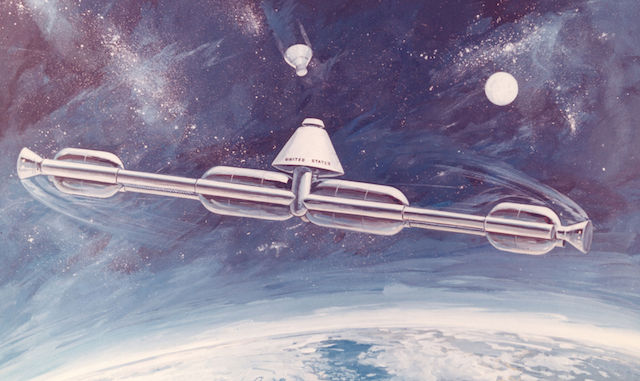
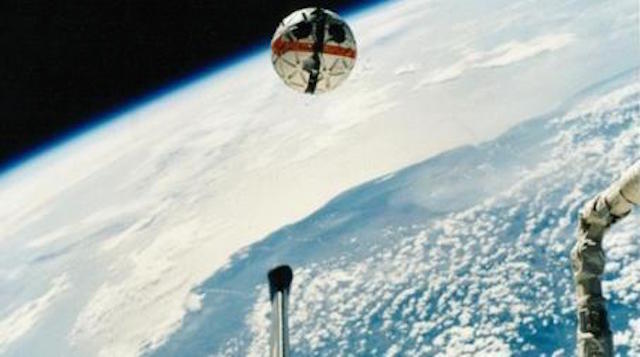
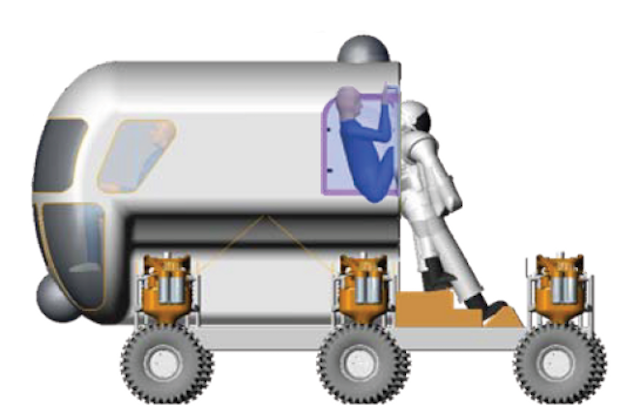
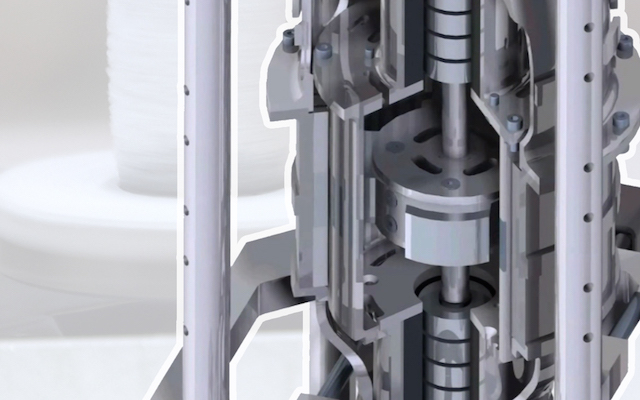

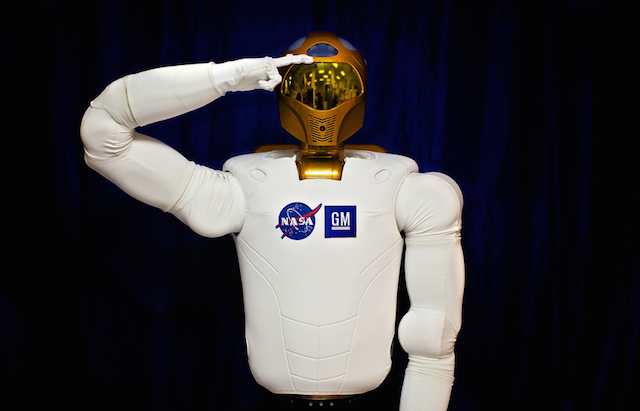
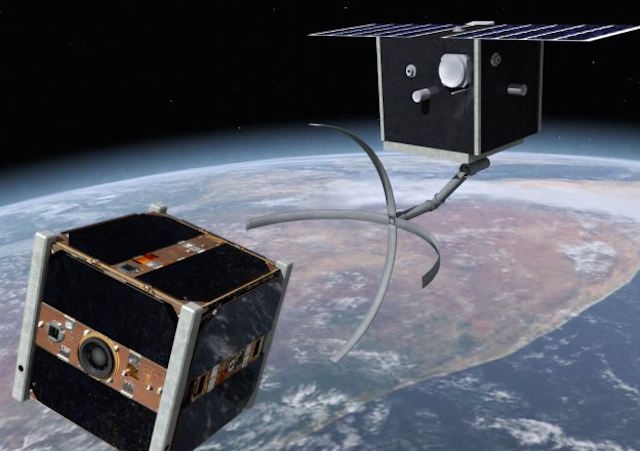
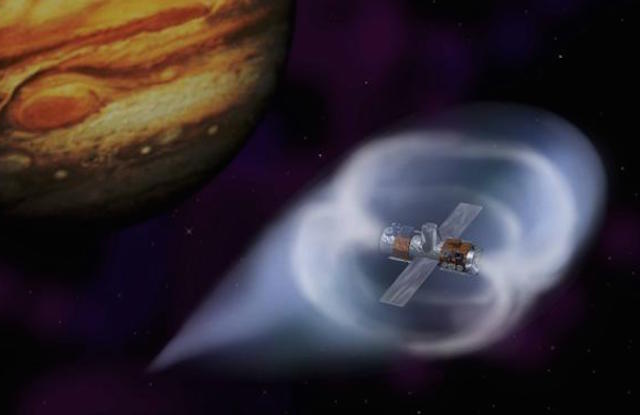

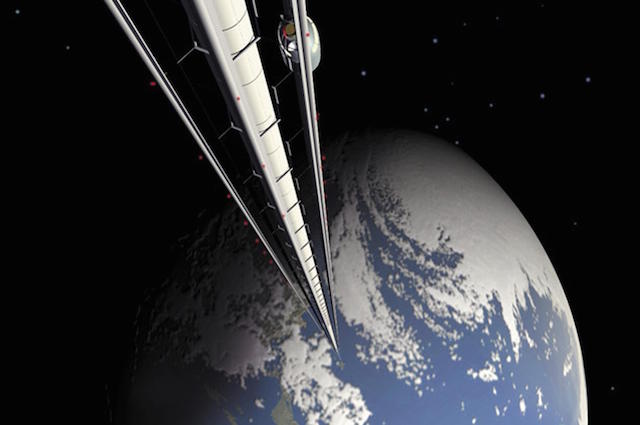
No comments:
Post a Comment